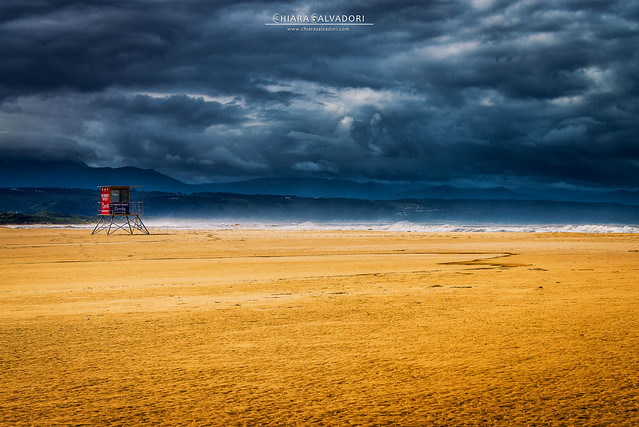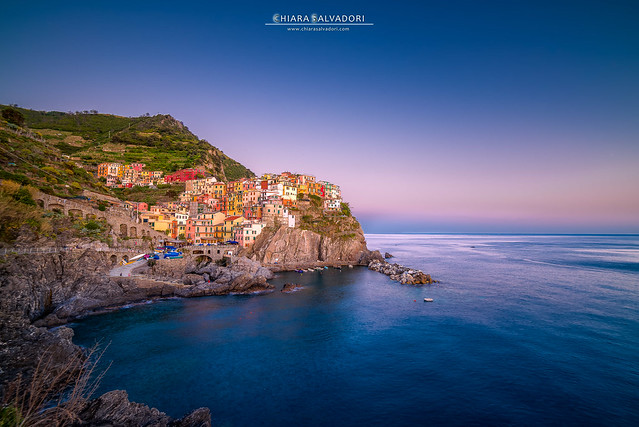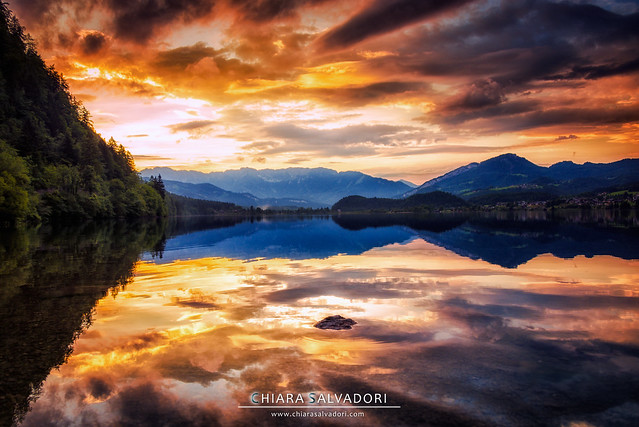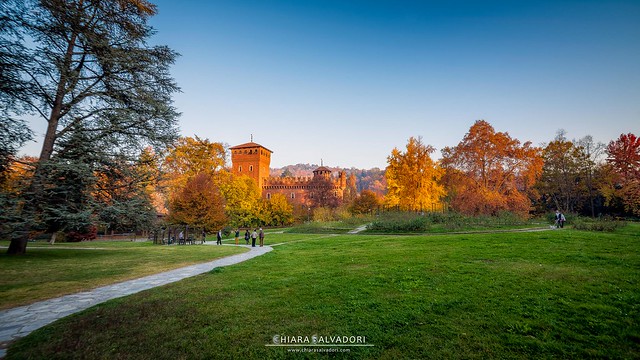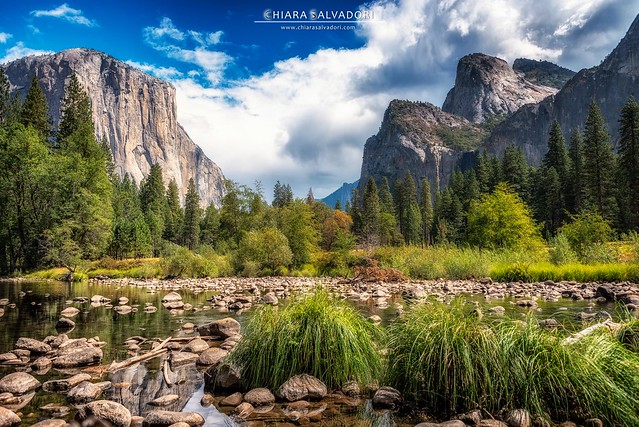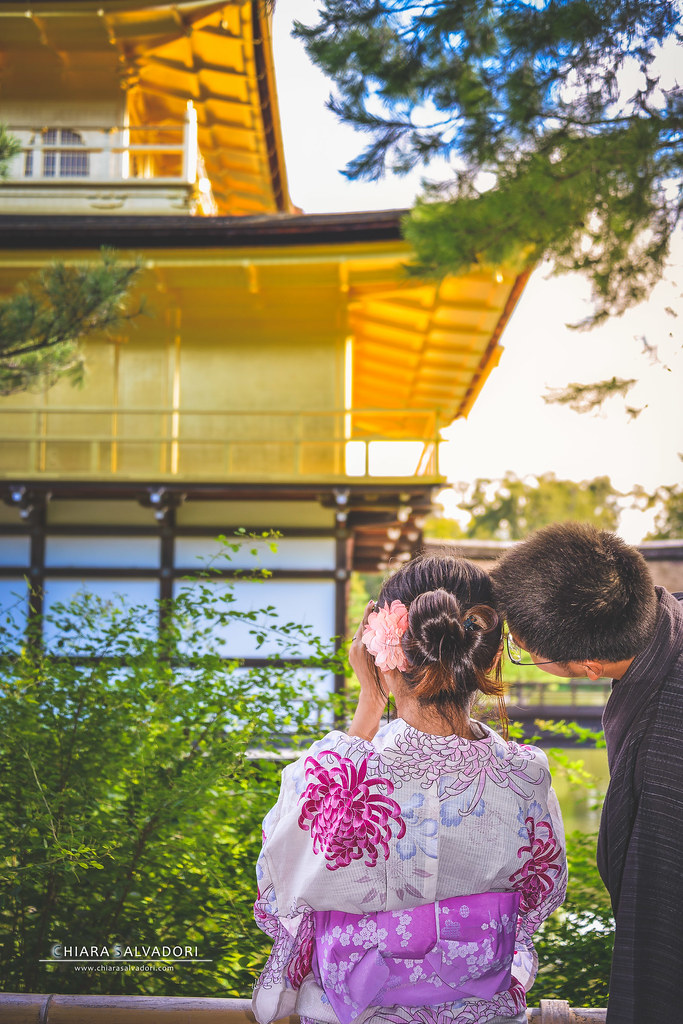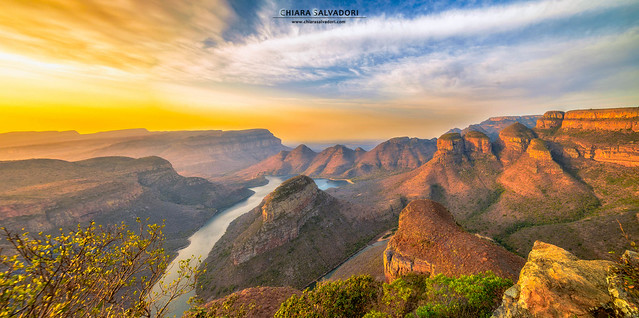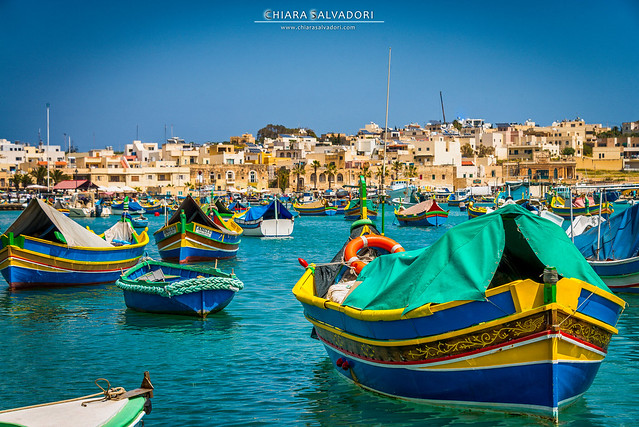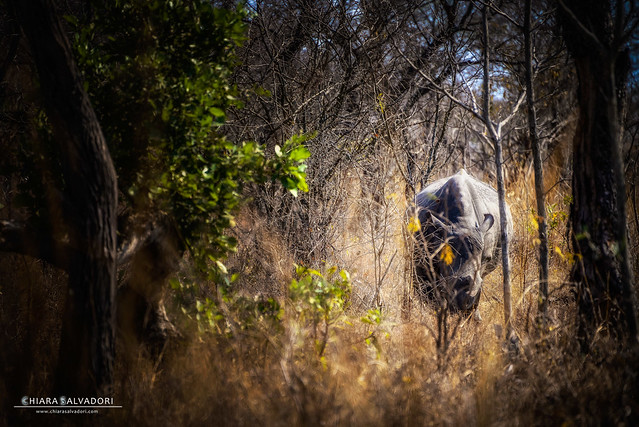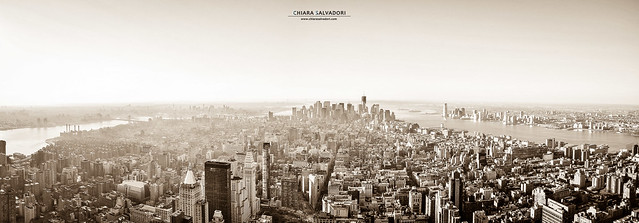"None can escape its charms. Its natural beauty cleans and warms like a fire, and you will be willing to stay forever in one place like a tree." (John Muir)
I don't think there are better words to describe the grandeur of
Yosemite Valley, a place that warms the heart, purifies the soul and overwhelms the mind and eyes with beauty. A place from which you really will not want go away. I remember that for me it was love at first sight and when I left it I promised to come back and so I did. In fact I took this picture on my second trip here, in the summer of 2014. The first time was in 2008 and I remember I got there around sunset, after a long drive from San Francisco. I remember when, from a winding road, I glimpsed for the first time a partial view of the valley, I caught my breath and my eyes were filled with tears of emotion. The next morning I got there by the entrance called
Tunnel View and there my heart stopped for a second time. Because what is revealed in front of you, as soon as the tunnel ends, the instant after the blurred vision because of the sudden light, I think it's about as close as one can get to the concept of Paradise. The mighty
El Capitan is on the left, which with its 900 meters height (2,308 m a.s.l.) is the most famous granite monolith in the World, just behind is the beautiful
Yosemite Falls that reach 739 m and are the highest waterfalls in North America, and at the back is the unmistakable rounded shape of
Half Dome (2,695 m a.s.l.).
Yosemite Valley, A sacred place for the native population of
Ahwahnechee, was established as a National Park in 1890 thanks to the deep commitment of the naturalist
John Muir and in 1984 it became a UNESCO World Heritage Site. If you go to
California you cannot fail to visit this park and to stay at least one night in it. And if you love photography bring capacious memory cards! Every glimpse is worth several shots, but the best places from which you can capture the valley are from
Glacier Point, a viewpoint at 2,100 m above sea level where you have a view of the entire park from above; the famous
Tunnel View, just at the exit of the tunnel;
Inspiration Point, that is reached after an uphill walk of about 2 hours which starts from
Tunnel View;
Lake Mirror from which you can capture the Half Dome that is mirrored in the lake (except in summer when the lake is usually dry) and which is reached by an easy walk on the flat from the bottom of the valley; and, finally,
Valley View, the point from which I took this picture and from which you can enjoy a wonderful view over the valley with the Merced river in the foreground. And you plan to enter or leave the park to the northeast, along the magnificent
Tioga Pass (open only in summer). You will not forget it so easily...
"Nessuno può sfuggire al suo fascino. La sua bellezza naturale purifica e scalda come un fuoco, e vorrai rimanere per sempre in questo posto come un albero." (John Muir)
Non credo ci siano parole migliori per descrivere la grandiosità della
Yosemite Valley, un luogo che scalda il cuore, purifica l'anima e travolge mente e occhi di bellezza. Un luogo da cui non vorresti davvero più andare via. Ricordo che per me fu un colpo di fulmine e che quando me ne andai promisi di tornare, e così feci. Questa foto l'ho scattata proprio nell'estate del 2014 al mio secondo viaggio qui. Il primo fu nel 2008 e vi arrivai verso il tramonto dopo un lungo viaggio in auto da San Francisco. Ricordo che dopo un po' di curve, quando intravidi per la prima volta un lontano scorcio della valle, mi mancò per un attimo il respiro e gli occhi mi si colmarono di lacrime di emozione. La mattina seguente poi ci arrivai dall'ingresso chiamato
Tunnel View e lì il mio cuore si fermò per la seconda volta. Perché quello che vi si palesa davanti non appena finito il tunnel, l'istante dopo l'offuscamento della vista per l'improvvisa luce, penso sia quanto di più vicino al concetto di Paradiso. L'imponente
El Capitan alla vostra sinistra, che con i suoi 900 m di altezza (2.308 m s.l.m.) è il monolite granitico più famoso del mondo, subito dietro le meravigliose
Yosemite Falls che raggiungono i 739 m e sono le cascate più alte del Nord America, e in fondo l'inconfondibile forma tondeggiante dell'
Half Dome (2.695 m s.l.m.).
La valle dello Yosemite, luogo sacro per la popolazione nativa degli
Ahwahnechee, è stata istituita parco nazionale nel 1890 grazie al profondo impegno del naturalista
John Muir e nel 1984 è divenuto Patrimonio dell'Umanità dell'UNESCO. Se vi recate in
California non potete mancare di visitare questo parco e di soggiornare almeno una notte al suo interno. Se poi amate la fotografia portatevi delle schede di memoria belle capienti! Ogni scorcio vale numerosi scatti, ma i luoghi migliori da cui immortalare la valle sono da
Glacier Point, un punto panoramico a 2.100 m di altitudine da cui si ha una veduta dell'intero parco dall'alto; la celebre
Tunnel View, proprio all'uscita del tunnel;
Inspiration Point che si raggiunge dopo una camminata in salita di circa 2 ore che parte proprio da Tunnel View;
Lake Mirror da cui è possibile immortalare l'Half Dome che si specchia nel lago (tranne in estate quando il lago è normalmente asciutto) e che si raggiunge tramite una facile camminata in piano proprio al fondo della valle; e infine
Valley View, il punto da cui io ho scattato questa foto e da cui si può godere di un meraviglioso panorama sull'intera valle con il Merced river in primo piano. E programmate di entrare o uscire dal parco a nord-est, percorrendo il magnifico
Tioga Pass (aperto solo in estate). Non lo dimenticherete tanto facilmente...
